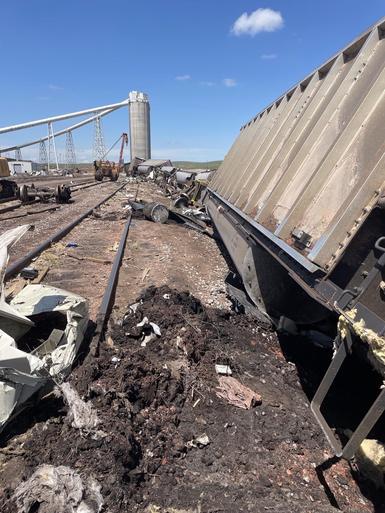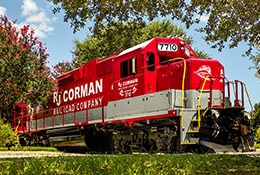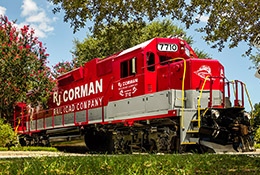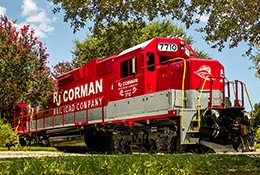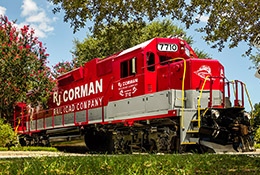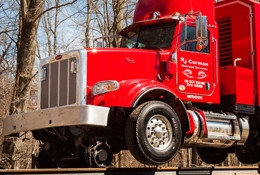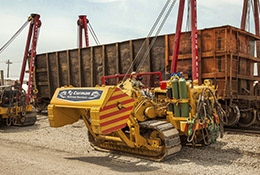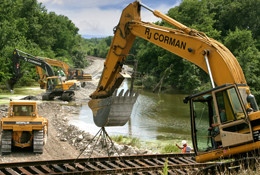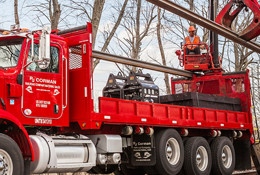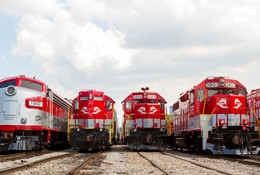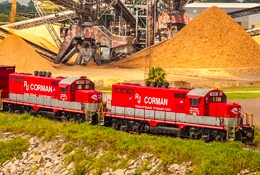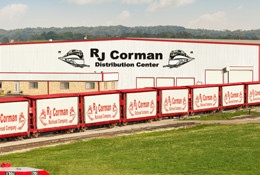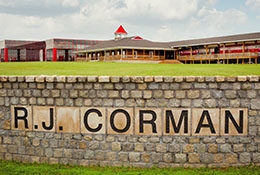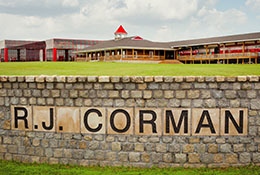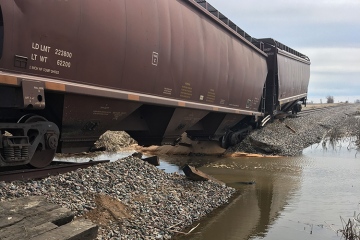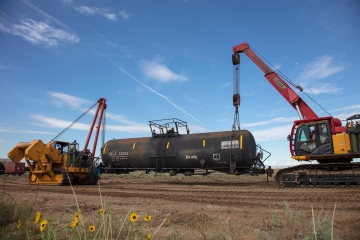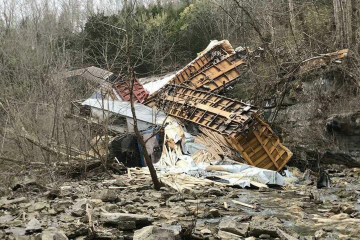July 31, 2023
R. J. Corman Railroad Services Emergency Completes Impressive Job in Wyoming
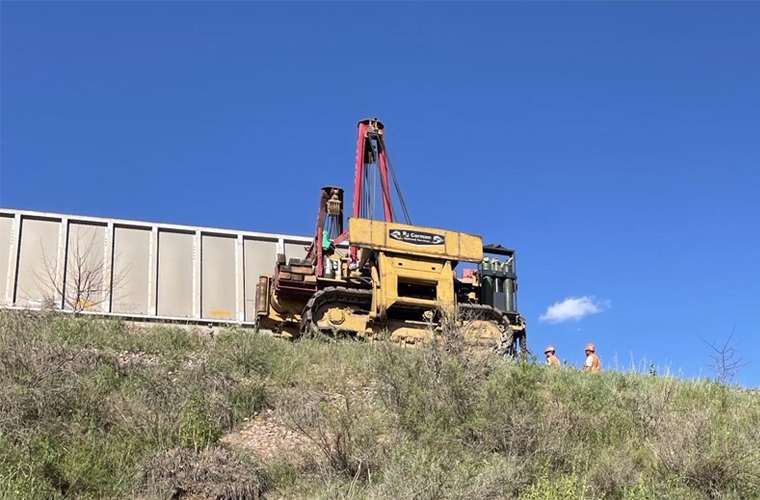
On Friday, June 23, a major storm system was moving across Nebraska and Wyoming. The Cheyenne Office of the National Weather Service said that eight tornadoes of varied intensity hit Wyoming and the western Nebraska Panhandle. One of these tornadoes caused a derailment near Wright, Wyoming, on a Class I line. They called R. J. Corman Railroad Service’s Emergency team to respond to the derailment of 25 cars.
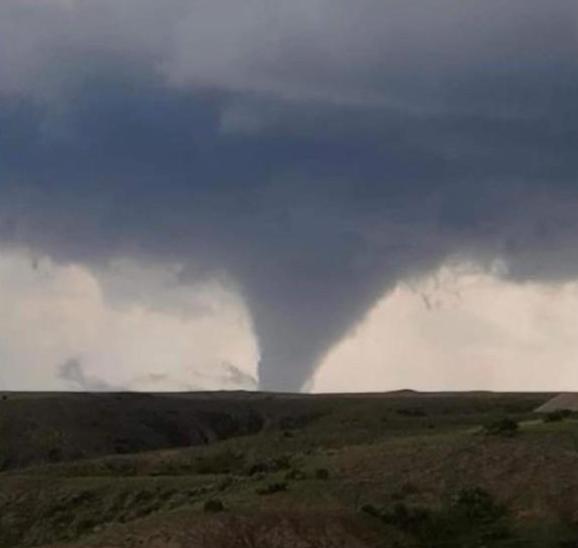
The tornado that hit the area
Once the storms had passed and it was clear to travel, our emergency crews from Billings and Scottsbluff hit the road. Upon assessing the situation, the Wichita Division was also called to the job as a relief crew.
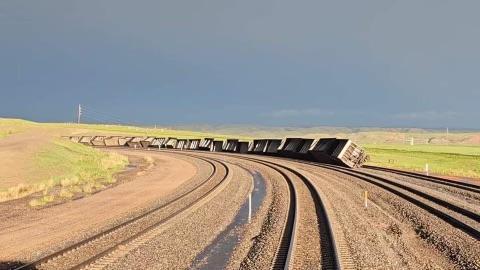
The 25 cars cleared for the customer.
During this project, R. J. Corman was also contacted by Peabody Energy, the operators of the North Antelope Rochelle – the largest coal mine in the US – located only 3 miles from the Class I job site, to assist them with a derailment in their facility caused by the tornado.
R. J. Corman responded to their location to assess the damage and scope of the project. Once R. J. Corman Railroad Services Emergency was on site, they learned that there were 134 cars in total derailed.
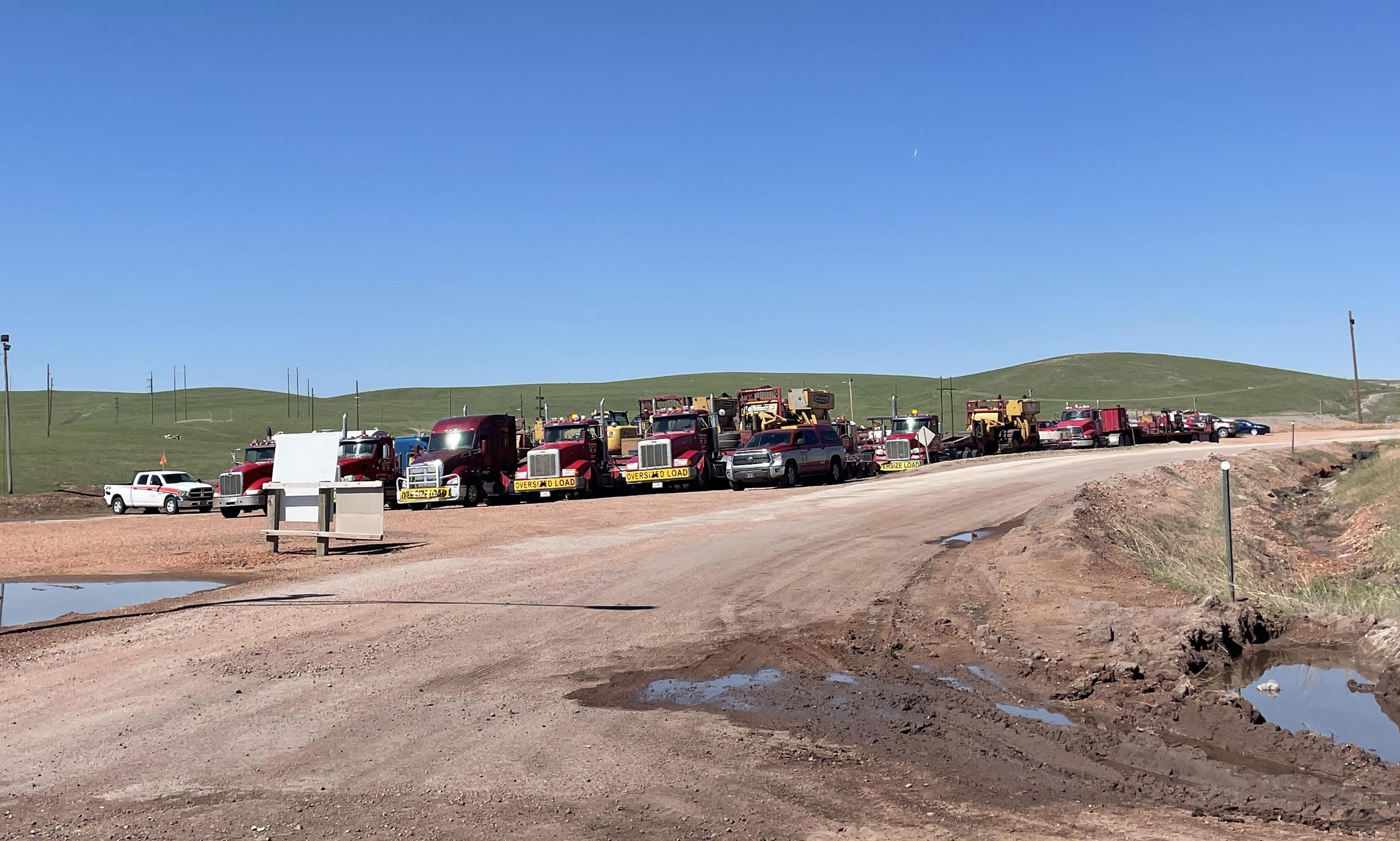 R. J. Corman's equipment staged at Peabody Mine, where 134 cars were derailed.
R. J. Corman's equipment staged at Peabody Mine, where 134 cars were derailed.
The team members diligently cleared 40 cars and rerailed the other 94. Crews were split into multiple work groups, with two sidebooms working from one end, another sideboom working towards them, and two excavators and one boom clearing the cars.
The employees had to battle against intense heat and be mindful of wildlife, such as snakes. Sharp debris from the building damaged by the tornado was wrapped into the train, adding complexity to an already extensive job. All of this was combined with the challenge of working around mining equipment.
In total, three different R. J. Corman emergency divisions were able to clear or rerail 159 cars in just four days, which was six days ahead of the expected finish date.
